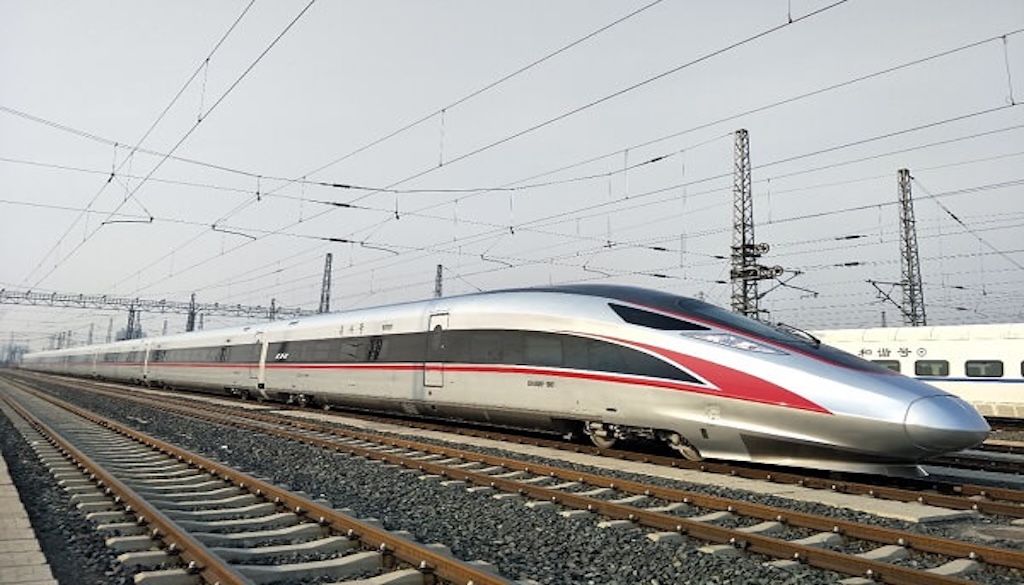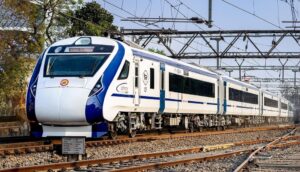Patna to Delhi in Four Hours: Survey Completed for High-Speed Bullet Train Through Bihar
A survey for India’s proposed Delhi-Howrah bullet train via Patna has been completed, promising to cut the Patna-Delhi journey to four hours, with plans for a dedicated bullet train station at Phulwari Sharif, though significant land, infrastructure, and environmental hurdles remain for the high-speed rail project.

Representative Image
Patna: Bihar has completed a key survey for India’s ambitious high-speed rail corridor that aims to connect Delhi and Howrah (Kolkata) via Patna with bullet trains capable of running at 350km/h. Railway officials have submitted the survey report to the Ministry of Railways, bringing the long-awaited project a step closer to reality.
The proposed 1,669km route is projected to slash travel times dramatically, reducing the Delhi-Kolkata journey to just six and a half hours. For Bihar, the impact could be even more striking: the current 13–14-hour trip between Patna and Delhi would shrink to approximately four hours, while Patna to Howrah, which currently takes around six hours, could be completed in just over two hours.
Estimated to cost around Rs 5 lakh crore, the bullet train corridor is planned in two phases: Delhi to Varanasi via Lucknow and Ayodhya, followed by Varanasi to Howrah via Patna. Authorities have targeted 2029 for completing the first phase.
The route through Bihar will carry the high-speed line via Varanasi, Pt Deen Dayal Upadhyaya Junction, Buxar, Patna, Kiul and Asansol before reaching Howrah. Unlike some earlier high-speed rail projects that involve dedicated new corridors, officials have opted for a cost-saving alternative in Bihar: two additional tracks will be laid parallel to existing railway lines, forming a dedicated high-speed rail path.
“There’s already significant railway infrastructure in place, and creating a completely separate fourth corridor through Bihar would involve huge costs, especially for land acquisition,” said a railway official familiar with the plans. “This approach avoids the need for acquiring extensive new land, except in some specific areas.”
Nonetheless, significant infrastructure work lies ahead. A 60.90km elevated section is proposed in Patna district, requiring about 135 hectares of land and the transplantation of nearly 3,900 trees. The survival rate of previously transplanted trees in Patna has been low, prompting authorities to scrutinise the capabilities of the company that will handle this work.
Patna is expected to have a single bullet train station, tentatively planned near Phulwarisharif. Passengers will need to travel to this new facility, as the bullet train will not stop at Patna Junction. After departing Patna, the train’s next stop will be Asansol in West Bengal.
Despite progress on surveys and planning, the project remains far from completion. Railway officials caution that further detailed designs, funding decisions, and intergovernmental coordination—particularly over land acquisition—are still required to realise Bihar’s high-speed rail ambitions.





